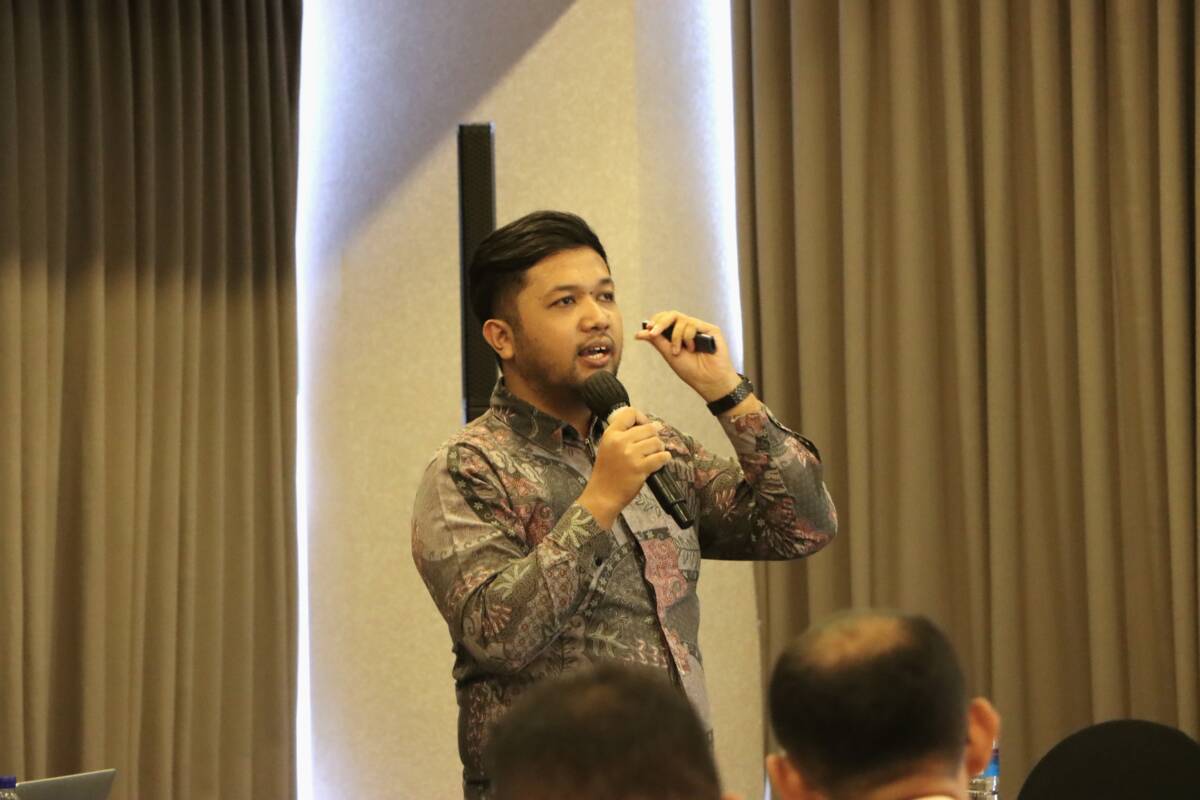Kupang, October 2, 2025 – East Nusa Tenggara (NTT) Province is an archipelago in eastern Indonesia. It comprises 609 islands, but only 42 are inhabited, according to Bappenas data. Besides its stunning natural landscapes, it also boasts abundant renewable energy potential. According to an IESR study, the technical potential for renewable energy in NTT is approximately 388,310 MW.
Eva Novianty, Head of the Energy and Mineral Resources (ESDM) Sub-Directorate, Directorate of Regional Government Affairs Synchronization I, Bina Bangda, Ministry of Home Affairs, emphasized the central government’s commitment to strengthening the capacity of local governments to integrate energy and environmental issues into planning documents such as the RPJMD (Regional Medium-Term Development Plan) and RKPD (Regional Work Plan). With synchronization between the central and regional governments, it is hoped that national targets can be truly realized at the regional level.
“Synchronization is necessary to ensure an inclusive and equitable energy transition. Community groups must not be left behind, including conventional energy sector workers who need to be equipped with new skills, communities in the 3T (frontier and remote) regions whose energy access must be prioritized, and local communities surrounding energy sources who must be empowered,” Eva emphasized in a Focus Group Discussion (FGD) entitled “Identifying Renewable Energy Development Locations and Potential for Sustainable Economic Development in NTT Province,” held by the Institute for Essential Services Reform (IESR) in collaboration with the Ministry of Home Affairs, with support from the Ford Foundation, on Thursday (October 2).
Sodi Zakiy Muwafiq, a Geographic Information Systems (GIS) Analyst at IESR, stated that his team has conducted technical and financial feasibility analyses on three types of renewable energy, with solar and wind energy demonstrating higher feasibility than mini-micro hydro.
“The IESR mapping results indicate that there are two energy sources that are most financially viable for development in NTT. First, wind energy, with a potential of 16,160 MW, primarily in East Sumba. Second, solar energy, with 7,728.4 MW, with significant potential in Ngada, Sikka, and South Central Timor,” Sodi emphasized.
According to Sodi, renewable energy development in NTT is not only about electricity, but also directly related to improving the economy and community welfare. For example, energy-independent villages can reduce electricity costs and boost the productivity of MSMEs in areas such as weaving, seafood processing, and agriculture. Stable electricity also improves access to education and health care.
“Furthermore, the islands of Sumba and Flores have the potential to be developed as eco-tourism destinations with the “green island” branding. Investment in renewable energy will strengthen this image of sustainable tourism. The use of renewable energy can also reduce dependence on expensive fuel imports. Furthermore, emissions can be reduced, thereby increasing resilience to the impacts of climate change,” Sodi said.
Sodi emphasized that to accelerate renewable energy development in NTT, several steps can be taken, including accommodating renewable energy land in regional spatial planning to align with other sectoral planning, prioritizing projects with high economic returns based on feasibility studies, and optimizing project design and innovative financing, for example through creative schemes to lower investment risks.

